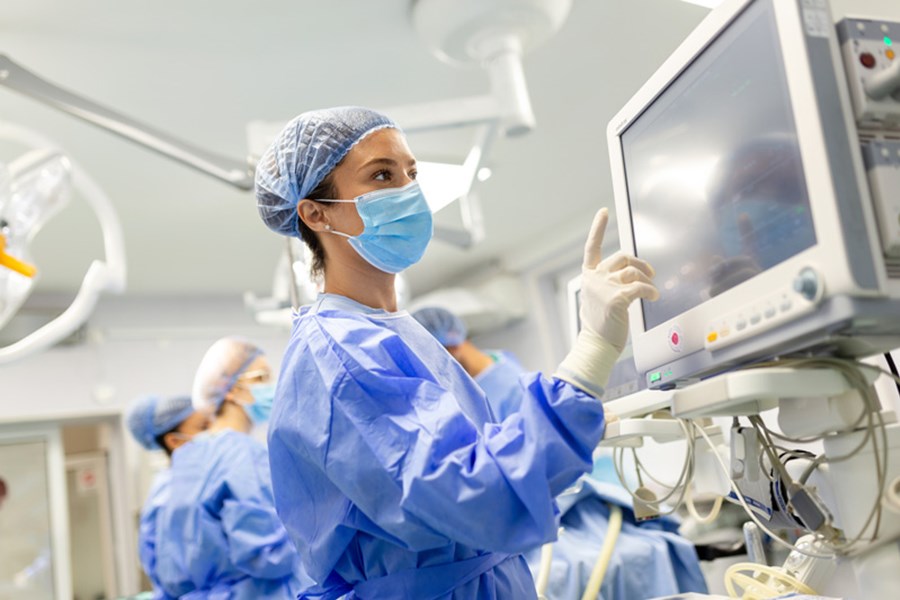
Internationally renowned as a historic centre for medicine, the Scottish capital has much to offer conferences with a focus on life sciences. We take a look back at the roots of Edinburgh’s thriving medical sector and offer a glimpse into its future as a global hub of innovation in healthcare.
DID YOU KNOW that it was in Edinburgh that chloroform was first used as an anaesthetic? Dolly the sheep was cloned at the University of Edinburgh’s The Roslin Institute, and the first ‘bionic’ arm was developed at the city’s Princess Margaret Rose Hospital.
Edinburgh has always attracted great thinkers, scientists and innovators, eager to exchange knowledge, debate and learn from each other. Home to four universities, three teaching hospitals and eleven institutes all dedicated to ground-breaking research in life sciences, the Scottish capital is the perfect environment for colleagues across the sector to come together and discover the latest advances in their fields.
Where it all began
A seat of learning and advancement for over 515 years, The Royal College of Surgeons of Edinburgh (RCSEd) is the oldest surgical college in the world, but you might be surprised to learn who the original surgeons shared their organisation with. At its inception in the late 1400s, the college was known as the Incorporation of Surgeons and Barbers. Back then, their roles were indistinctly defined regarding tasks such as bloodletting, lancing, bandaging and treating wounds. What they had in common was a need to be handy with sharp instruments!

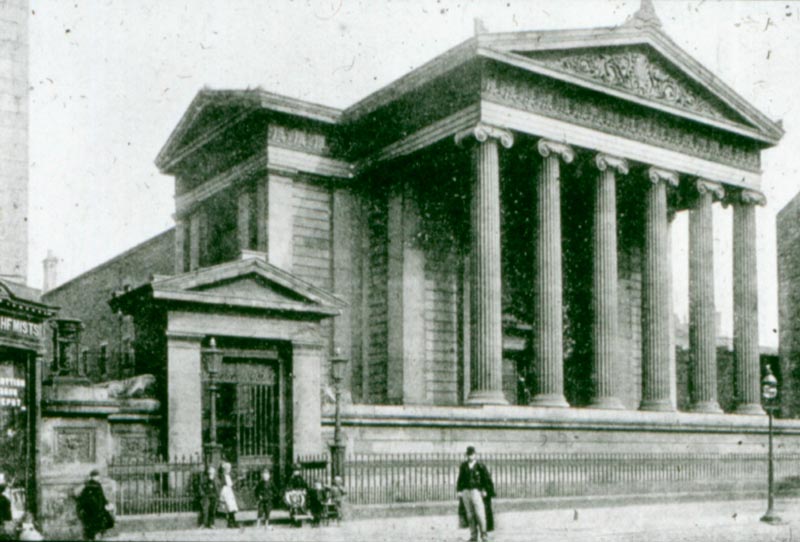
At its inception in the late 1400s, the college was known as the Incorporation of Surgeons and Barbers. Back then, their roles were indistinctly defined … what they had in common was a need to be handy with sharp instruments!
From its formal foundation in 1505, the Incorporation of Surgeons and Barbers dedicated itself to promoting the highest standards in surgical education, training and clinical practice, but all was not harmonious between its members. Records still kept at the RCSEd Archive expose the increasingly fractured relationships between the surgeons, barbers, apothecaries, physicians and Edinburgh Town Council between the 16th and 18th centuries as the medical ‘professions’ evolved.
The Royal College of Physicians of Edinburgh was established by Royal charter in 1681, but only after three previous attempts had been prevented by strong opposition from several parties, including the Edinburgh surgeons themselves who were fearful that the new Royal College would impact their own rights and privileges. In fact, when the surgeons gave unanimous support to the ‘Town’s College’ (the original name for the University of Edinburgh) being elevated to a university in 1672, it appears this was at least partially to thwart the physicians’ proposed academic powers.
A medical faculty was established at the University of Edinburgh in 1726 - it was the first of its kind in the UK. This was largely thanks to the efforts of one John Monro, a former Deacon of the Incorporation of Surgeons whose son, Alexander, a Professor of Anatomy, played a notable part in the establishment of the Edinburgh Royal Infirmary in 1729.
Thanks to the efforts of these various (and sometimes conflicting) pioneers, by the middle of the 18th century, Edinburgh had four major centres of medical learning: The Royal College of Surgeons, The Royal College of Physicians, The Faculty of Medicine at the University of Edinburgh and the Edinburgh Royal Infirmary, the city’s first teaching hospital.
Present day pioneers
Today, the Royal Colleges continue to be prestigious centres of advanced learning, dedicated to maintaining and improving patient care by offering education to doctors at every stage of the career path from medical student to consultant. The Royal College of Surgeons of Edinburgh has just over 30,000 members in more than 100 countries, while the Royal College of Physicians of Edinburgh has around 14,000 fellows and members worldwide.
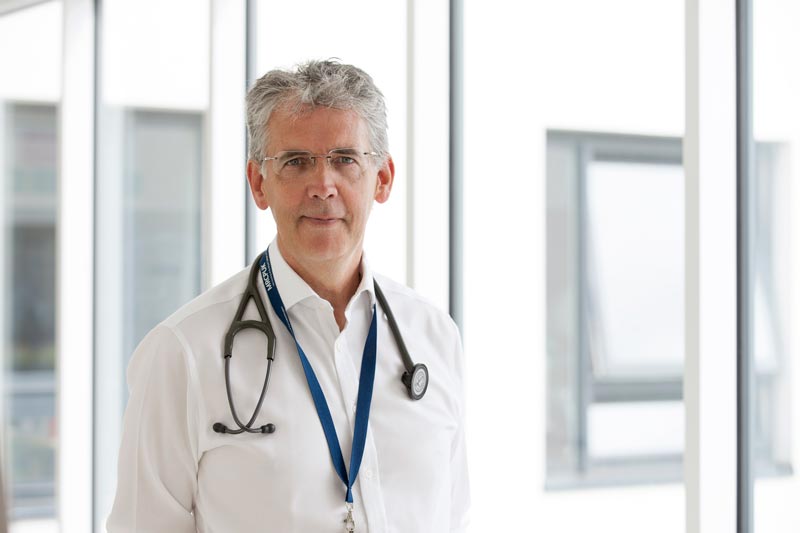
“Today, we are very much a global organisation,” says Professor Andrew Elder, President of the Royal College of Physicians of Edinburgh. “In fact, we've got more fellows and members outside the UK now than we have within it.
“Conferences allow us more opportunities to meet with people in the wider medical community, sharing good practice, networking, learning”
“International fellows are attracted by our huge online educational presence, as well as, of course, our heritage as part of Edinburgh’s thriving medical community. Along with the Edinburgh University Medical School, the Royal College of Surgeons and our two big teaching hospitals [The Royal Infirmary and the Western General], we contribute to the city’s reputation for the teaching and practice of medicine.
“There is a real feeling of fellowship here and conferences allow us more opportunities to meet with people in the wider medical community, sharing good practice, networking, learning and potentially opening doors.”
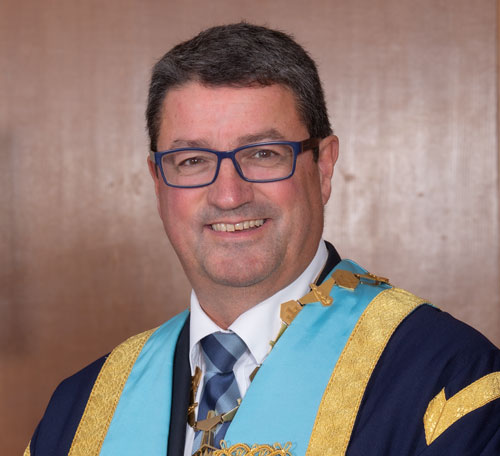
“Edinburgh is a rich environment … people come here because of the city’s history and heritage and because there’s so much happening in terms of medical innovation”
Professor Rowan Parks, President of the Royal College of Surgeons of Edinburgh agrees; “When you join the clinical environment of Edinburgh’s hospitals together with the educational environment of the university and the colleges, we have a remarkable heritage here and a powerful close-knit community.
“There are so many opportunities for cooperation and collaboration within the community, and, also, beyond it, between our community and visiting professionals. Conferences give us the opportunity for discussions which stimulate ideas and help us build the relationships you need to develop international partnerships, research, and studies. Edinburgh is a rich environment in which a lot of these professional partnerships develop. People come here because of the city’s history and heritage and because there’s so much happening in terms of medical innovation, particularly within the Edinburgh Medical School.”
Powering progress
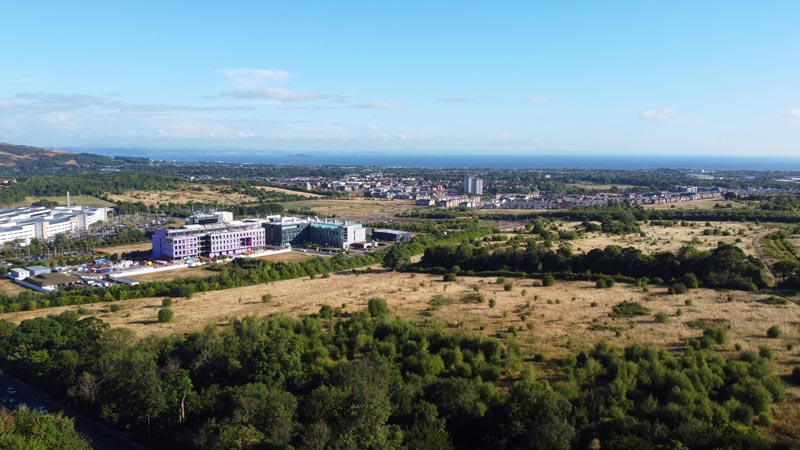
The University of Edinburgh Medical School is one of the preeminent medical schools in medical history, seen as one of the three medical research powers in the UK, and associated with a remarkable 13 Nobel Prize winners. The medical school’s main teaching hospital continues to be the Edinburgh Royal Infirmary so when the Edinburgh Medical School moved out of town to a new campus in Little France in 2002, the Royal Infirmary soon followed. Both are now part of Edinburgh BioQuarter; a triple helix site where the university has partnered with government and industry to foster innovation in healthcare and life sciences.
Today, the BioQuarter provides a base for hundreds of research projects and medical centres, including the Royal Hospital for Children & Young People, The Queen’s Medical Research Institute, the Anne Rowling Regenerative Neurology Clinic, (funded by author J.K. Rowling), and the Scottish Centre for Regenerative Medicine - (headed by Professor Sir Ian Wilmut who created ‘Dolly the Sheep’). Altogether, 8,000 people – from academics to entrepreneurs, researchers to frontline health professionals – are advancing opportunities for progress at BioQuarter, and developing revolutionary new treatments.
Looking ahead
Anna Stamp, Edinburgh Bioquarter
And things are only set to get bigger. With increased investment, the science park will become a global centre of innovation. Anna Stamp, Interim Programme Director of the Edinburgh BioQuarter, tells us more. “Two years ago, the NHS, the University, Scottish Enterprise, and The City came together to create a vision to grow BioQuarter into a global destination. We are in the process of appointing a private sector partner which will not only allow us to build more health innovation labs and offices, but it will also allow us to expand the park, creating a residential centre, with hotels, shops, and a 24/7 community. This will be transformational for BioQuarter helping us to attract the industry needed to take the groundbreaking ideas coming out of our research facilities and create commercial solutions to make them a reality.”
With the first new buildings set to open in 2027, Edinburgh BioQuarter is expected to have a community of 20,000 people within the next few years. While working towards this exciting expansion, BioQuarter has established a partnership with the EICC aimed at bringing more medicine and life sciences conferences to Edinburgh.

Fostering change
The EICC plays a role in promoting global scientific innovation by hosting some of the world’s most important life sciences industry conferences. We have had the pleasure of hosting over 250 medical and scientific conferences in our 18-year history and we are looking forward to hosting many more. Here’s a few upcoming highlights in our calendar:
The World Endometriosis Society’s 15th World Congress on Endometriosis (WCE2023) will be coming to the EICC in May 2023. Around 1,200 delegates are expected to attend after the first successful UK bid for the event, which was led by Professor Andrew Horne and Professor Philippa Saunders of the University of Edinburgh’s MRC Centre for Reproductive Health and Centre for Inflammation Research.
The Society for Experimental Biology (SEB) celebrates its centenary year at the upcoming SEB Annual Meeting 2023, taking place at the EICC this July. Around 700 members of the scientific community are expected to attend to share ideas and knowledge with their peers around the world.
Organised by the Aerosol Society, Drug Delivery to the Lungs (DDL) is recognised as one of the major European conferences in respiratory drug delivery and a key international meeting for the rest of the world. The event has been coming to the EICC for over 15 years and returns for DDL 2023 in December.
In October 2024, the British Society of Echocardiography Annual Conference will come to the EICC, bringing around 850 delegates to the city. The world-renowned annual conference offers sessions for both advanced and general echocardiography, as well as a networking event, and a lively social gathering.
The Association of Reproductive & Clinical Scientists, the British Fertility Society and the Society for Reproduction and Fertility have chosen the EICC to host its annual conference. Fertility 2026 comes to the EICC June, offering around 600 delegates CPD and education opportunities along with the much-anticipated chance to network with friends, colleagues and industry partners.
